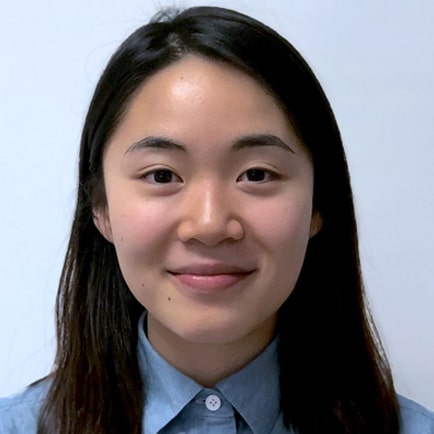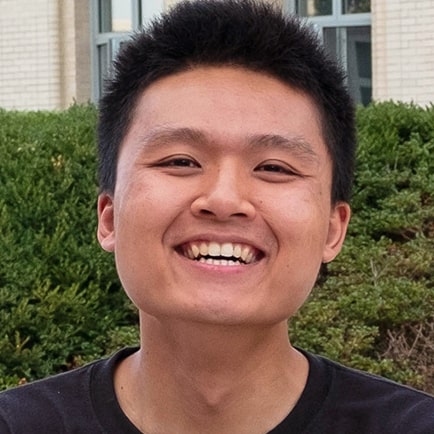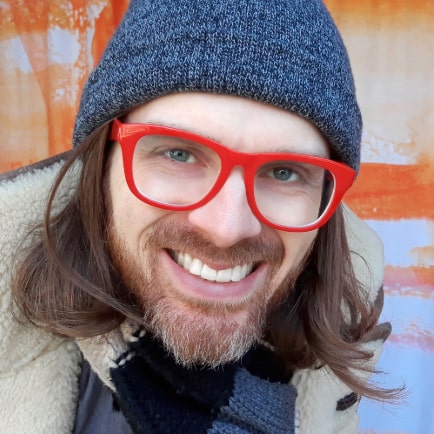IDeATe Students Adapt To Remote Learning
Students in the Carnegie Mellon University's Integrative Design, Arts and Technology (IDeATe) Program are adapting their skills as makers as classes wrap up in virtual environments where teams may span time zones.
IDeATe courses and the eight minors offered through the network connect diverse strengths across the university to advance education, research, and creative practice in domains that merge technology and arts expertise. Prior to instruction moving online and remote, courses in the program are focused on hands-on collaborative learning. Limited access to materials and technology as well as an abrupt halt in face-to-face communication has shifted students' and professors' expectations.
Miranda Luong, a junior in the School of Design and Physical Computing, said that professors have made changes to account for limited access to resources and the physical and mental toll of the pandemic. In her Environments Design studio class is no longer producing any physical projects. All final design projects are being completed and submitted digitally.
"A lot of my professors have changed the submission requirements and made them a lot less taxing for us, knowing that the transition could be quite hard for us," Luong said.
Luong is not alone in making this adjustment.
Alex Lin, a senior in the School of Architecture and Intelligent Environments, also has adapted the form and focus of his final projects.
"Not having access to laser cutting and other digital fabrication facilities is really changing the scope of my work," said Lin.
Students have dispersed to spend quarantine in diverse locations across the globe. Facing the additional obstacle of time zone differences, Lin also has to manage a group project with team members whose schedules are six hours ahead.
In addition to making modifications to course requirements, professors have responded to constraints posed by remote learning in order to reach their intended educational goals.
"Our teacher has been working tirelessly to get Arduinos and all of the digital tools that we would need to learn the skills that we were intended to get from the course," said Lin who is taking "Responsive Structures" taught by Susan Finger. "She has gone above and beyond to continue the trajectory of the class's content."
Students have been making the most of collaboration tools, integrating a combination of products already in their workflow with new applications that enhance remote learning.
Steve Chabassol, a BHA student with a Creative Writing and Music Technology major and an IDeATe minor in Sound Design, said the changes have required new approaches.
"Poetry workshops are usually pretty old-school, you bring in printed copies of your work and other students write on them and then give them back to you," said Chabassol of the typical process. His course has moved from paper critiques to a shared Google Drive folder, which has allowed him to quickly document feedback.
Remote learning requires that students in group projects hit key deadlines without the benefits of typical face-to-face meetings. Luong said she has considered introducing project management software to keep her team on the same page.
"It's much more important for people to stay on track, so we have considered using Trello, a task management platform," said Luong. Software tools that enhance group communication have become a proxy to scheduled group check-ins.
Shifting projects to digital methods has also influenced students' usual documentation practices.
"I realized that I'm no longer using my sketchbook as much or writing notes down physically," said Luong now finding herself prone to typing notes. Luong has also been using the collaborative user experience modeling tool, Figma, to work on sketches with other students.
"It's been a great way for us to compile a mood board and as well as look at things in the same way as sharing a screen," said Luong.
Continuing to add examples of creative work to portfolios is an important goal for many IDeATe students.
"I'm hoping that the projects I create can live on its own and not be so obviously tied to the situation that I was in when I was producing," Luong said.
Rigid Folding Exploration
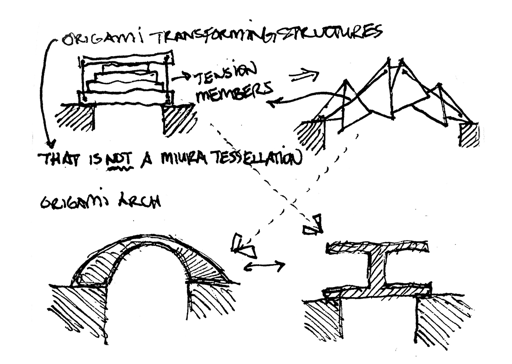
Sketch 01
Alex Lin provided documentation to show how he studied a transforming structure. "Initially, I wanted to expand my understanding of rigid folding and experiment with more formal and less tessellated structures. The concept was to use rigid folding to transition between two drastically different structures. Along the way, I became interested in the idea of having a rectangular prism unravel into an arch-like form and so I took that idea on."
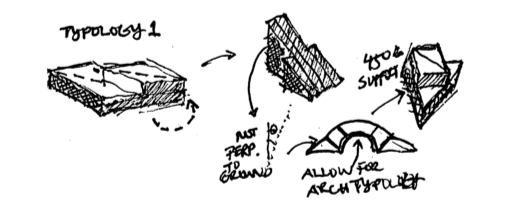
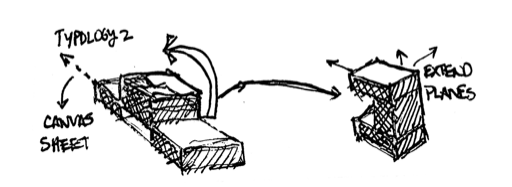
Sketch 02 & 03
"I sketched and tested modeling several prototypes to understand potential ways to achieve this unraveling effect. After creating several typologies, I started to understand the different natures of folding. Much of the experimentation was centered around redirecting material in different directions to make sure the unraveling works out, while at the same time considering the final form of the deployed (arch-like) structure."
